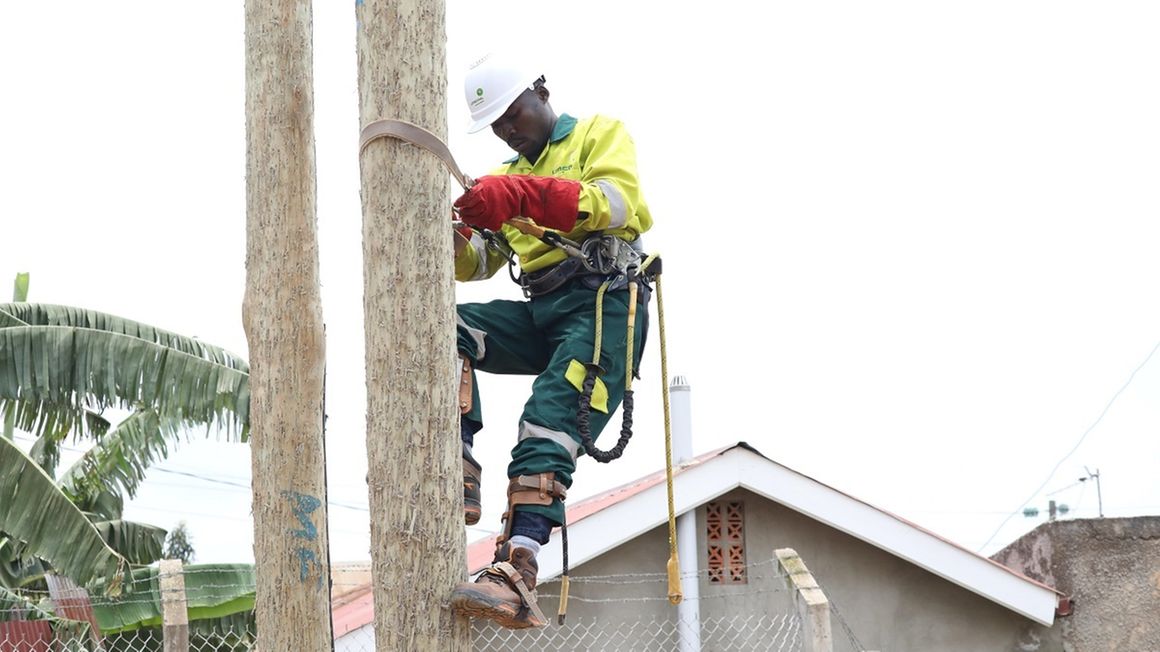Electricity connectivity has become impossibly expensive ever since the suspension of the electricity connection policy in December. PHOTO | file The suspension of the electricity connection policy, which had been subsidising new applications has made new electricity connections almost impossible dropping by 90 per cent since December last year, writes Christine Kasemiire .
Electricity poles are molding somewhere in Isingiro, south west of Kampala. It had been hoped that there would be means to extend power to households.
But now that the electricity connection policy (ECP), which had been subsidizing connections was suspended, the poles are greying.
It is not isolated to Isingiro, it is happening elsewhere after government in December amended the policy, which required all customers seeking to be connected to fully meet the connection bill.
The amendment meant that electricity connections, which had been costing an average of Shs20,000 for inspection, jumped to Shs720,883 for a no pole connection, Shs2.3m for one pole bare conductor and Shs2.7m for pole with insulated conductor connection.
As a result, Umeme, the main power distributor, which registered 1,000 applications per day under ECP, has now recorded nearly 90 per cent drop in new applications.
“Total applications under customer funded connections from December 10, 2020 to January 7 2021 were 4,839. 1,767 customers have been connected within an average of four days. Out of the 1,767 funded connections made, 964 (54 per cent) are new applications while 803 (45 per cent) were pipeline ECP connections,” says Peter Kaujju, the Umeme head of communications and corporate affairs. Other distributors such as Uganda Electricity Distribution Company Limited have received only 50 applications in a month.
This comes as no surprise because the reality is the cost of connection is far expensive for many and beyond their pay grade.
According to Uganda Bureau of Statistics 2019 statistical abstract, the median monthly salary for about 15 million Ugandans under paid employment is Shs176,000 in 2016 while unemployment rate is 9.2 per cent.
Shambolic state of affairs in electricity sub-sector
While the number of people applying for electricity is dipping, the country’s electricity generation capacity is 1,254 Megawatts (MW) against 600 MW of peak demand.Meanwhile more dams including the 600 megawatt (MW) Karuma Hydro Power plant are being constructed to produce more power.Already, the existing dams are underutilized, costing taxpayers billions of shillings for capacity charges.Also, the dams are stock piling the country’s debt, which eventually has to be paid by taxpayers.Yet, the current […]
